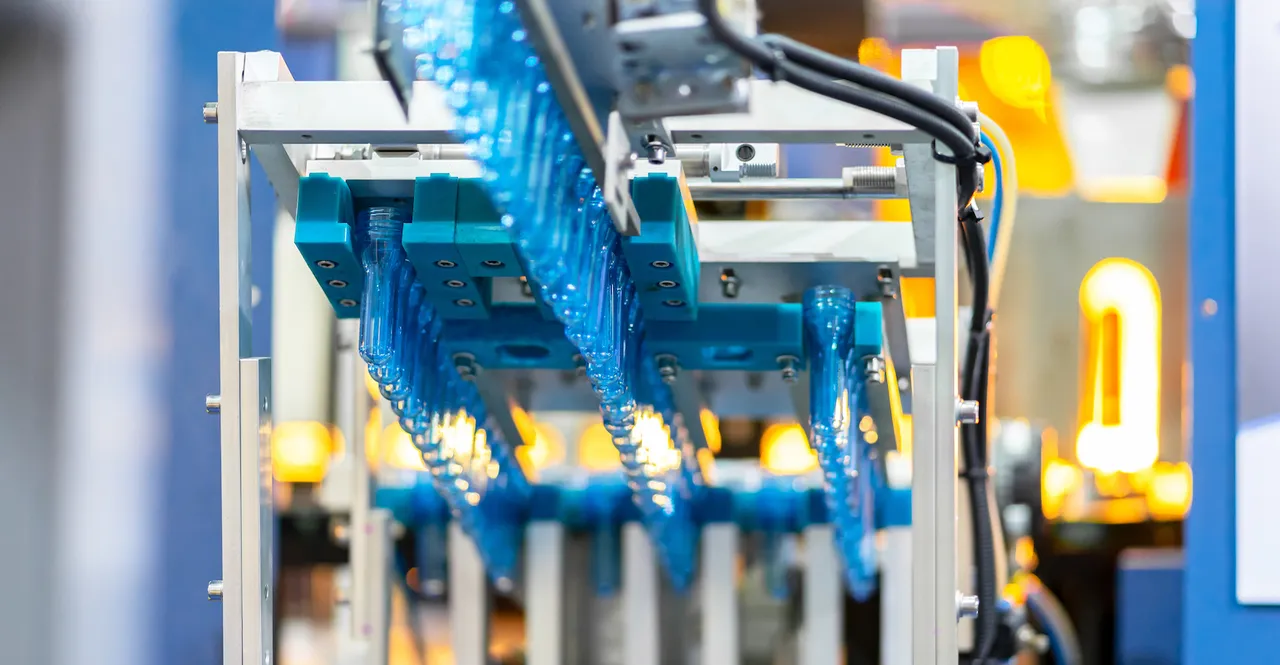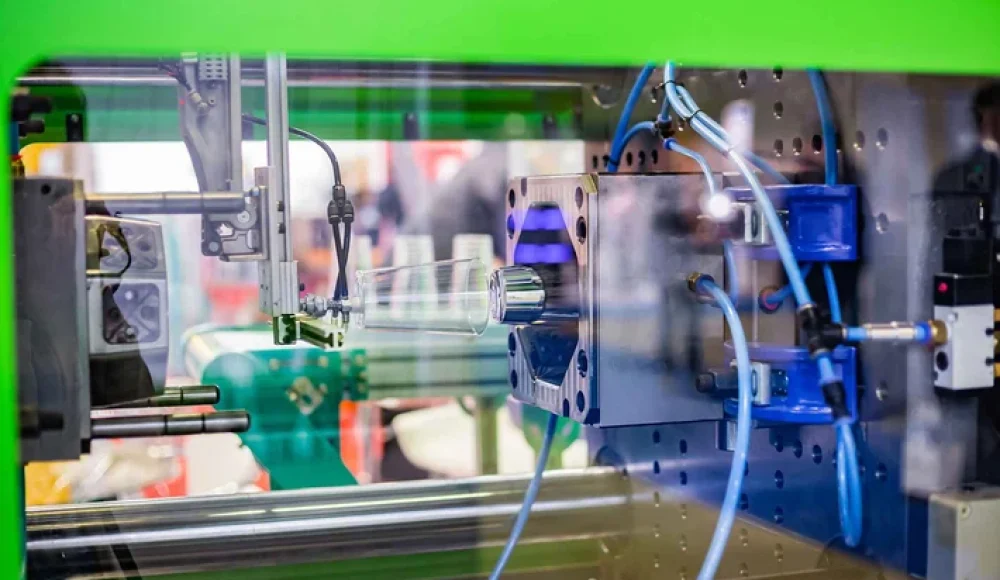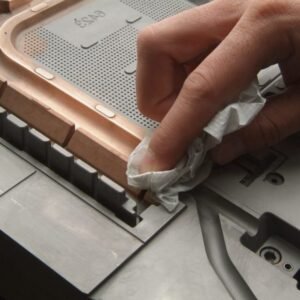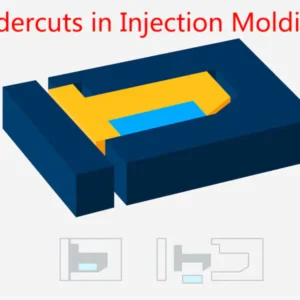À Précision au sommet, nous pensons qu'une qualité exceptionnelle n'est pas le fruit du hasard : elle est intégrée à chaque étape de la production. In today’s competitive manufacturing environment, customers demand not only precision but also reliability and consistency across every part produced.
Pour y parvenir, Tops has integrated automated quality checks throughout our moulage par injection plastique opérations. These advanced systems leverage real-time monitoring, machine vision, and data analytics to guarantee that every product meets strict dimensional and aesthetic standards. Le résultat: production plus rapide, réduction des déchets, and consistently high-quality parts that perform flawlessly in critical applications.
What Are Automated Quality Checks?
Automated quality checks refer to the use of intelligent inspection technologies—including machine vision systems, precision sensors, and data-driven software tools—to evaluate molded parts both during and after the injection molding process.
These systems automatically detect défauts de surface, dimensional deviations, color inconsistencies, gauchissement, and contamination, all without slowing down production. The goal is to identify potential problems early, ensuring that only defect-free components advance through the production line.
Unlike manual inspection, which can be subjective and prone to fatigue, automated systems operate continuously and with micron-level accuracy, maintaining constant vigilance over every shot and every cycle.
Why Automated Quality Checks Are Essential
Modern plastic manufacturing operates on tight tolerances and high volumes. Manual inspection alone cannot sustain the precision and speed demanded by today’s industries. Here’s why automation is critical:
Higher Accuracy and Repeatability: Automated inspection eliminates human error, providing objective, repeatable results.
Évolutivité: Automated systems can handle thousands or millions of parts with no loss of consistency.
Efficacité: Real-time inspection prevents defective parts from moving forward, reducing rework and downtime.
Compliance: Many industries—automotive, médical, and aerospace—require data traceability and documented quality assurance that only automated systems can provide.
En bref, automated quality checks ensure every product meets both engineering and regulatory standards without compromising production speed or profitability.
Comment Précision au sommet Implements Automated Quality Control
Chez Tops Précision, notre automated quality control framework combines multiple technologies and inspection methods to deliver consistent results across all production runs.
1. Real-Time Process Monitoring
We employ in-mold sensors and smart controllers that constantly measure température, pression, injection speed, et les taux de refroidissement. If any parameter deviates from the optimal process window, the system instantly alerts operators or even auto-adjusts the process before defects occur.
This proactive control ensures stabilité dimensionnelle and consistent part quality from cycle to cycle.
2. Machine Vision Inspection Systems
Tops uses high-resolution cameras and 3D scanning technologies to visually inspect each molded component. These vision systems analyze surface texture, géométrie, uniformité des couleurs, and part alignment, detecting even microscopic imperfections invisible to the naked eye.
Through artificial intelligence (IA) and pattern recognition algorithms, our systems learn to distinguish between acceptable natural variations and true defects, improving accuracy over time.
3. Data-Driven Quality Assurance
Every production cycle generates valuable data—cycle times, pressions d'injection, cooling durations, and dimensional readings. Tops’ automated quality systems capture and analyze this information in real-time to detect trends, drifts, or early warning signs of potential quality issues.
The data is stored and traceable, enabling predictive maintenance and continuous improvement. Our engineers can use historical performance insights to fine-tune molds, matériaux, or machine settings for optimal yield and part consistency.
4. Automated Dimensional Measurement
To verify that parts conform to strict dimensional tolerances, Tops integrates automated coordinate measuring machines (MMT) et laser scanning systems. These tools perform high-precision measurements on key features such as hole diameters, épaisseur de paroi, and part geometry.
By automating dimensional verification, nous assurons every batch matches the customer’s CAD model specifications, supporting consistent assembly fit and function in the final product.
The Benefits of Automated Quality Checks

The Benefits of Automated Quality Checks
1. Consistency and Precision
Automation ensures that each part is produced with minimal variation, meeting exact specifications every time. This consistency is critical in industries where a minor deviation can lead to performance failure or noncompliance.
2. Faster Production Cycles
By performing inspections during the production process, automated systems minimize downtime and enable real-time correction, resulting in shorter cycle times and uninterrupted workflow.
3. Reduced Waste and Cost Efficiency
Automated defect detection reduces scrap rates, reprise, and material loss. By identifying issues before they escalate, manufacturers can save on both material and labor costs, achieving leaner, more sustainable operations.
4. Enhanced Customer Satisfaction
Customers benefit from fiable, defect-free components that meet all performance and aesthetic expectations. Consistent quality enhances product reliability, strengthens brand reputation, and builds long-term customer trust.
Industries That Benefit from Automated Quality Checks
Automated inspection systems are now indispensable across multiple industries where précision, sécurité, et cohérence sont non négociables.
Automobile: Precision-molded components such as connectors, logements, and interior trims demand flawless geometry and durability.
Soins de santé: Dispositifs médicaux, syringes, and diagnostic equipment must meet stringent FDA and ISO standards with zero defects.
Biens de consommation: Consistency in appearance, texture, and color is vital for brand reliability in mass production.
Électronique: Tiny components such as casings, interrupteurs, and connectors require micrometer-level dimensional control to ensure performance and safety.
Tops’ automated systems are tailored to meet the unique demands of each sector, guaranteeing quality regardless of volume or complexity.
Associer à Précision au sommet for Automated Quality Assurance
À Précision au sommet, our dedication to automation and precision engineering ensures that your plastic parts are manufactured to the highest standards—every time. Whether your project requires thousands or millions of components, our automated quality control systems deliver consistent results while optimizing production efficiency and cost.
We combine decades of molding expertise with the latest smart manufacturing technologies to help you achieve better quality, faster lead times, and reduced operational risks.
Contactez-nous aujourd'hui to learn how Tops’ automated quality checks can enhance your production performance—or request a quote for your next injection molding project.
FAQ
- What technologies are used in automated quality checks for injection molding?
Automated quality checks use machine vision cameras, laser scanners, pressure and temperature sensors, and AI-driven software to monitor and verify the molding process and finished parts in real-time. - Can automated systems replace human quality inspectors completely?
While automated systems handle most inspections faster and more accurately, skilled human technicians still oversee operations, interpret complex data, and make process adjustments when necessary. - How do automated checks improve product consistency?
They apply the same inspection criteria across every part, eliminating human bias and error, which ensures consistent dimensional and cosmetic quality in all production runs. - What types of defects can machine vision detect?
Machine vision can detect flash, short shots, marques de brûlure, surface scratches, déformation, vides, and discoloration—often at the micron level of precision. - Are automated quality systems suitable for all types of plastic parts?
Oui. These systems can be customized to inspect various materials, couleurs, and part geometries, making them ideal for both simple and complex molded components. - What industries benefit the most from automated quality control?
Automobile, médical, électronique grand public, and aerospace industries benefit the most due to their need for precision, fiabilité, and strict regulatory compliance.



